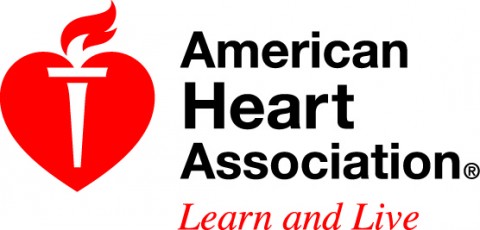 Los Angeles, CA – The number of acute ischemic stroke hospitalizations among middle-aged and older men and women fell between 1994 and 2007, but sharply increased among those under age 35 — including teens and children — according to research presented at the American Stroke Association’s International Stroke Conference 2011.
Los Angeles, CA – The number of acute ischemic stroke hospitalizations among middle-aged and older men and women fell between 1994 and 2007, but sharply increased among those under age 35 — including teens and children — according to research presented at the American Stroke Association’s International Stroke Conference 2011.
Analysts at the U.S. Centers for Disease Control and Prevention (CDC), reviewing hospitalization data by age and gender, identified declining rates of 51 percent in girls 0-4 years and 25 percent in men and 29 percent in women over 45.
However, the number of ischemic stroke hospitalizations increased 51 percent in males between ages 15 and 34 during the period studied. The rate increased 17 percent in females between 15 and 34.
Among children and teens, they found a 31 percent increase in boys between 5 to 14 years and a 36 percent increase among girls 5 to 14 years.
Among the younger middle-aged set, they found a 47 percent increase among men 35-44 and a 36 percent increase among women 35-44.
“I believe this is the first large study to report these findings, stratified by age and gender,” said Xin Tong, M.P.H., a health statistician with the CDC’s Division for Heart Disease and Stroke Prevention in Atlanta.
“We cannot link anything in particular to the trend in younger patients, but I believe the role of obesity and hypertension will prompt a big discussion. Unfortunately, right now we can’t speculate on the causes.”
The unit of analysis was hospitalization, so researchers couldn’t draw any firm connections or determine what factors are driving the increase in ischemic stroke cases among the young. Ischemic stroke occurs when blood supply to the brain becomes obstructed, usually by a clot or narrowing of the arteries. The risk of long-term brain damage can be reduced significantly if patients receive the clot-busting tissue plasminogen activator (tPA) within three or four and a half hours after stroke onset.
Hospitals and physicians should be aware of the rising risk of stroke in young people, and the necessity to educate them about stroke symptoms, Tong said.
“Acute ischemic stroke is currently considered something that mostly happens to older people, but awareness of rising rates in the young is important or else tPA and other important stroke treatment may be unnecessarily delayed in younger patients,” she said.
Tong said her group is pursuing additional investigation on this subject.
Co-authors are: Elena V. Kuklina, M.D., Ph.D.; Cathleen Gillespie, M.S.; and Mary G. George, M.D., M.S.P.H.
This study did not receive any funding support.
Statements and conclusions of study authors that are presented at American Heart Association scientific meetings are solely those of the study authors and do not necessarily reflect association policy or position. The association makes no representation or warranty as to their accuracy or reliability. The association receives funding primarily from individuals; foundations and corporations (including pharmaceutical, device manufacturers and other companies) also make donations and fund specific association programs and events. The association has strict policies to prevent these relationships from influencing science content. Revenues from pharmaceutical and device corporations are available at www.heart.org/corporatefunding.


